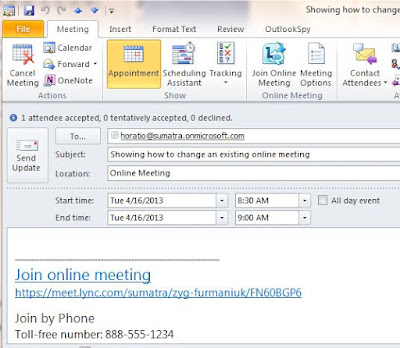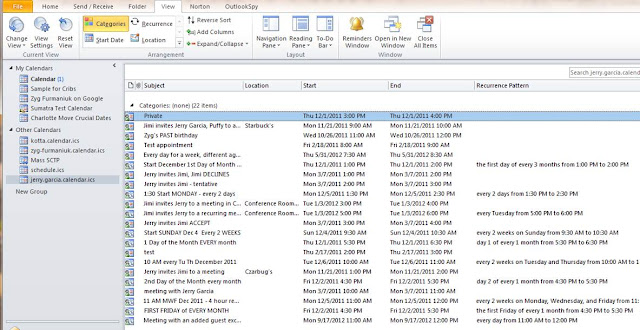We're going to show you how.
IF you are confident with accessing your IMAP set up, you (*should*) be able ignore this step with Test-MigrationServerAvailability. Sashay over to Migrate E-Mail from an IMAP Server to Cloud-based Mailboxes,
You really need to get to the point where you run Test-MigrationServerAvailability:
Test-MigrationServerAvailability -IMAP -YourIMAPServer-Port (143 or 993)
To do this you need to execute PowerShell (do this as an Administrator) and re-direct your session to the Exchange Cloud. You need to execute these commands in PowerShell, filling in Administrator credentials (call 'em the SuperUser, the Big Kahuna, whatever you want, but you need the rights to administer your entire Cloud account)
These commands in PowerShell will do it.When all goes well it will look like this:$LiveCred = Get-Credential$Session = New-PSSession -ConfigurationName Microsoft.Exchange -ConnectionUri https://ps.outlook.com/powershell/ -Credential $LiveCred -Authentication Basic -AllowRedirectionImport-PSSession $Session
Note that it did not work for me the first time through the lengthy command but it did immediately after with another simple try. Go figure.
When in doubt refer to one of the most useful short webpages you will ever find: Connect Windows PowerShell to the Service.
Now you are in a position to run Test-MigrationServerAvailability.
I have done this here. Note that I was having trouble resolving my FQDN, but just used a the 127.0.0.1 localhost address and was in with no problems. This is not something that will work for you in a real world migration, but I wanted to illustrate it here and did not feel like making my test system available to the wider internet,
If you have reached this point you are knocking on the door to success.
Again, since as nearly as I can tell this is exclusively to test if you can get access to your IMAP server, and the real work of the migration gets done below, you can in all likelihood skip this step. Please feel free to drop some comments if you discover something to the contrary.
A final word: ALWAYS Clean up your PowerShell session by ending with Remove-PSSession $Session.
NOW YOU ARE IN A POSITION TO REALLY BEGIN MIGRATING BEEHIVE EMAIL TO EXCHANGE,
First you owe it to yourself to review Migrate IMAP mailboxes to Exchange Online: Roadmap.
If you successfully complete the instructions in Step 3 you will see this:
Click New and select "IMAP" Not a lot of choice in this if you're coming out of Beehive.
The next one you're going to need to fill in all your Beehive server particulars. Note that I did not use a secure port here.

I am going to take only ONE user in this case, but you should feel free to scale it up as you need to. By long tradition in Sumatra all our test users are rock stars with "J" names. Here's Janis Joplin. Note that we need a CSV file I'll show you the details on later, and we can specify mail folders not to migrate (here I specified we should ignore "Junk", "Drafts", and "Mercedes Benz" for all these users.
That CSV file is really simple -- just the email, user ID, and password. But keep in mind you want the email to be the email of the target user on Office 365, and the UserName and Password to be for that same user on the legacy Beehive system!!
When that's done you go through one more screen:
And then start your migration.
Now it's passed into the hands of a greater power than any of us has ever known -- Microsoft's data center.
May they have mercy on your data.
Read the logs and check over any errors. In practice I'd really try to end the process here and not keep a periodic synch running -- that's just asking for trouble. But your circumstances will vary.
And of course I cannot resist saying that while http://onlinehelp.microsoft.com/en-us/office365-enterprises/ff683630.aspx tells you you cannot take calendar and contact information:
We at Sumatra have just put full-state calendar migration (meaning: meeting will be actual meetings when you're done) and contact migration technology into a couple of test sites. Contact us (infoATsumatraPERIODcom) if you want to try it out.











































